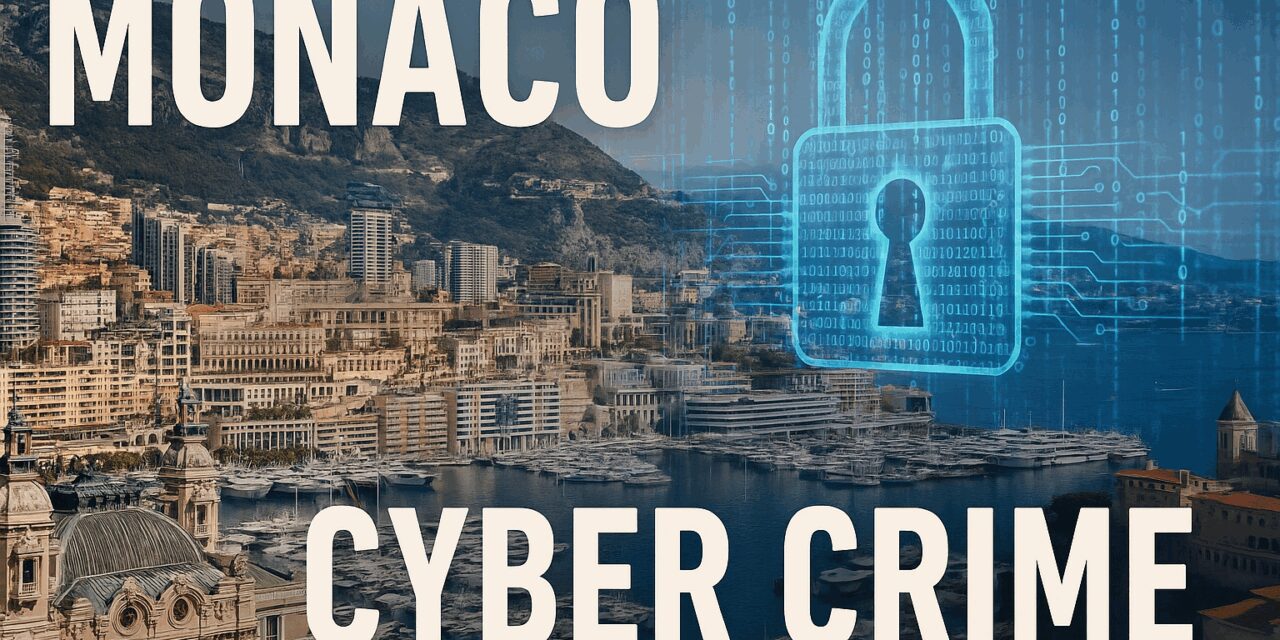Monaco, long seen as a haven of security and luxury, is now on the frontline of a different kind of battle, against increasingly aggressive cyberattacks…
The latest blow came on August 3rd, when the Monte-Carlo Société des Bains de Mer (SBM), the Principality’s premier hospitality group and a key symbol of Monegasque elegance, was added to the dark web victim list of a notorious ransomware group known as D4rk4rmy. The attack, which allegedly involved the theft of sensitive client data and internal corporate files, risks reputational damage for one of Monaco’s most globally recognised institutions.
D4rk4rmy is part of a new wave of professionalised cybercrime. Operating as a Ransomware-as-a-Service (RaaS), the group outsources its hacking tools to others while publishing stolen data on leak sites to pressure victims. Although they claim to avoid healthcare and critical infrastructure, their list of high-profile victims across logistics, technology, and now luxury hospitality tells another story. The attack on SBM, majority-owned by the Monegasque state, is both symbolically and operationally significant.
The threat is not isolated. As reported by Monaco Matin, phishing attacks targeting users of @monaco.mc and @libello.mc emails have surged, forcing Monaco Telecom to mandate urgent security updates by September 15. These coordinated attacks signal a broader strategy of cyber targeting against the Principality.
But Monaco is not standing still. The Monegasque Digital Security Agency (AMSN), backed by its incident response unit CERT-MC, is actively countering threats. As the central authority on cybersecurity for state bodies and vital operators, AMSN leads the fight to secure Monaco’s digital future. The response to these attacks proves that while Monaco may be a target, it is also a fortress; adapting, defending, and evolving with resolve.
Cybercriminals may aim to breach borders unseen, but Monaco is meeting them head-on.


